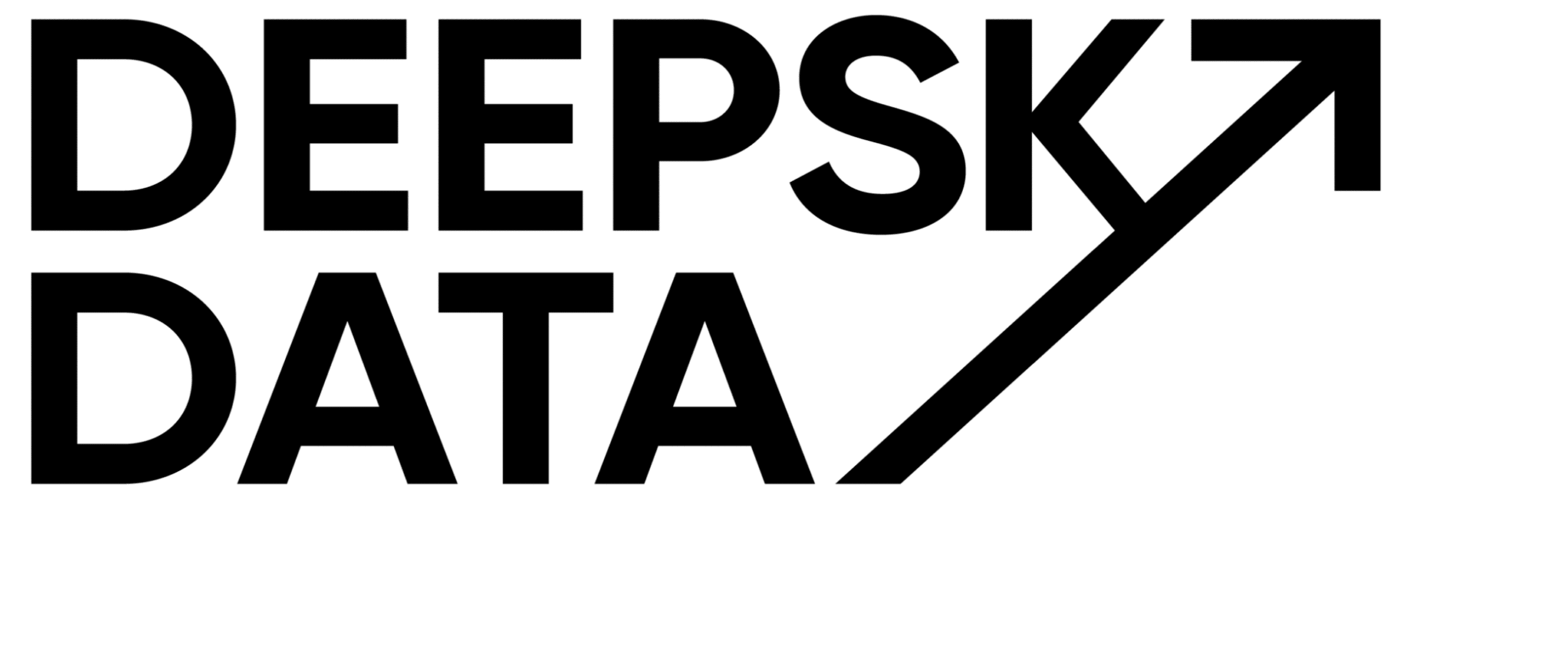Enjoy my second free video course about creating tracking plans for Segment!
Dear Data-Traveller, please note that this is a LinkedIn-Remix.
I posted this content already on LinkedIn in September 2022, but I want to make sure it doesn’t get lost in the social network abyss.
For your accessibility-experience and also for our own content backup, we repost the original text here.
Have a look, leave a like if you like it, and join the conversation in the comments if this sparks a thought!
Screenshot with Comments:

Plain Text:
New free course:
Create a good tracking plan for Segment.
Segment basically made tracking plans popular with their wildly shared blog post about naming events and their tracking plan template.
Their approach is to define events by a combination of object and action.
But I have one problem with their approach.
Ok. To be precise, not with their approach but more with the outcome it creates.
In their guide, Segment urges to focus when defining the events. They also added a purpose column in their template to make sure you focus on the critical events.
But it leaves one question – what are the important events and how to find them? (also a great book title).
In my short course, I explain just that. And I also give an introduction to Segment itself, how the different features work (Sarah Krasnik – I explain how functions work there, too, if you like some inspiration), and finally, how to implement tracking with Segment.
If you have already signed up for my general tracking plan course and watch everything (first of all – thanks for doing it).
Good news – you can skip 80% of the new course – but still, find new ~35m of education content.
It’s also a good introduction if you want to start using Segment or if you are considering it as your next tool.
Link to the course: https://www.deepskydata.com/go/how_to_create_a_tracking_plan_for_segment?ref=linkedin_course

